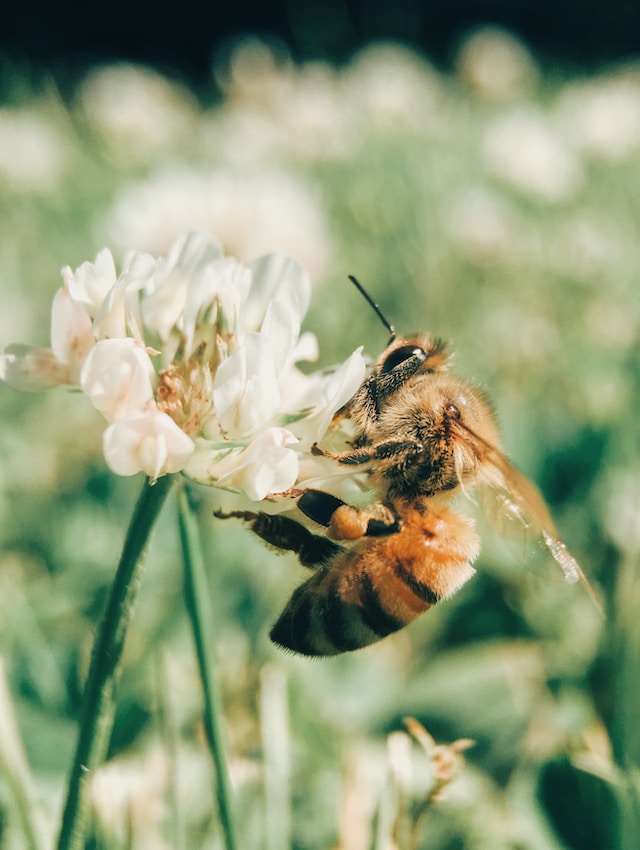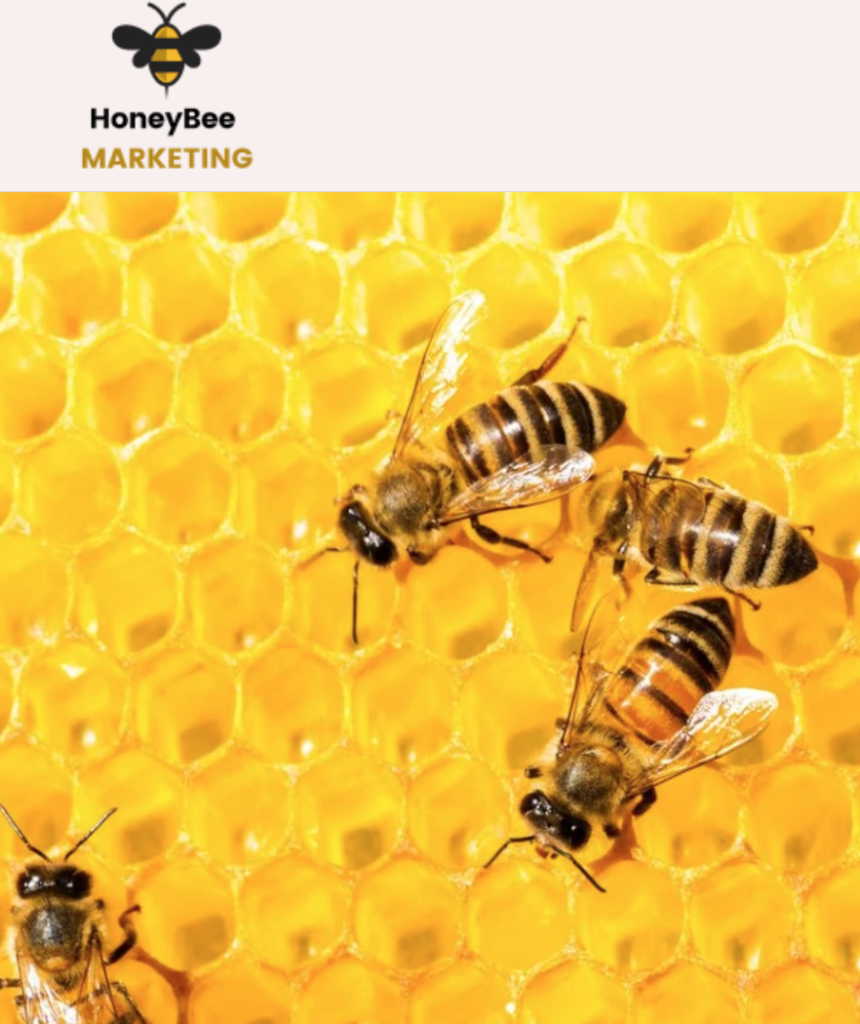The genus name for the honeybee is Apis Mellifera. Apis is a useful homeopathic remedy and this blog is the next in the series of first aid remedies for the family. The origin of this remedy is the venon of the honeybee. As we will see the guiding symptoms will be familiar to anyone who has been stung by a bee, and indeed reflect the characteristics of the bee in common speech – busy as a bee, queen bee and so on.

Classical homeopathy prescribing follows the natural law of similars.
This means that you select the remedy by matching its picture to the symptoms of the patient.
Every homeopathic remedy has both mental / emotional and physical characteristics.
The patient will not exhibit every characteristic of the remedy. Just capture the general theme.
Try to establish three out of the following four:
This is a remedy for any condition where the classic features of the bee sting are seen. The key symptoms are burning, stinging, redness and swelling. So it is a remedy for bee and other stings (but think also of Ledum). Swellings can occur anywhere, skin, mouth and throat, around the eyes, neck or abdomen. Think of apis when there is an allergic reaction, urinary infection (cystitis) with burning (also consider Cantharis ), tonsilitis and so forth. There may be numbness or paralysis of the affected part.
Where the general picture fits, this remedy can help with more demanding complaints such as shingles (burning pains), kidney disease (leading to oedema), ovarian pain (burning), and asthma (cannot get another breath)
Local marketing consultants Honeybee capture some of the mental characteristics of bees on their website. Busy bees indeed…
